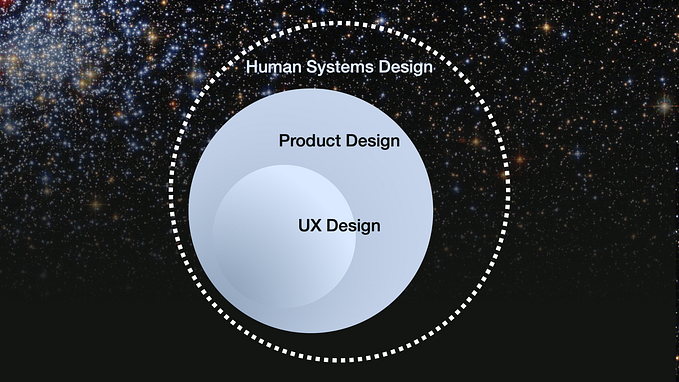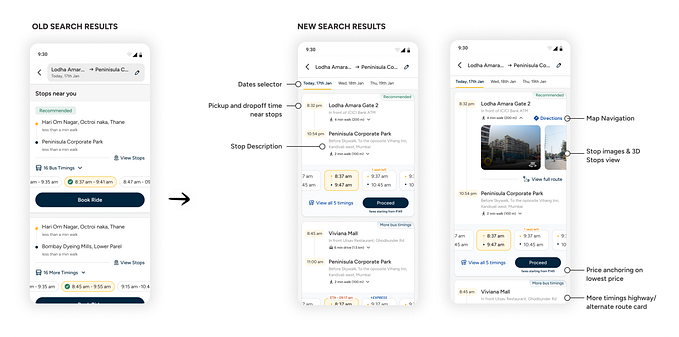A UX case study- redesign Muji’s website
An exploration of how cultural psychology plays a role in the design
Richard Nisbett, an American social psychologist, and professor at the University of Michigan, and his colleague conducted research on culture and aesthetic different, comparing how East Asians and Americans view the world (Masuda et al., 2008).
When they asked the participants (43 Americans and 46 East Asians) to draw a landscape picture within 5 minutes, they found that East Asians draw 74% more contextual objects than did Americans. In other words, East Asian illustrations have more a holistic view: there’s forest behind the house, river, mountain, and swing. Everything is related to each other. On the other side, American illustrations have a clear focus point: the house is in the center of the landscape, a tree and a person next to the house. Every object exists independently from each other.
How cultural psychology plays a role in UX?

Having the cultural difference perspective in mind, I invite you to look at how cultural difference can also play a role in current UX design.
Muji is a well-established Japanese retail company which sells a wide variety of household and goods in the Asian market. It is well-known for its design minimalism. It has 328 retail stores, 124 outlets inside Japan and 418 international retail store currently outside of Japan. It is expanding outside of Japan; however, how do they translate their brand value so that people outside Japan can understand and buy it is a big challenge. One of their challenges is Muji’s current website which may not be comprehensible for the U.S. market.
Compare with their comparator company- Apple (Origins from the U.S.), Muji’s has more a “contextual objects” on the homepage than Apple’s whereas Apple’s has a clear focal point: their products. Both companies have their unique brand aesthetics, and the products they sell can be used in every facet of our daily lives. However, the way they present their website is very different. So you can imagine when Muji is expanding its market in the U.S, many things can be really different in UX design to communicate their brand value.
What’s my goal as a UX researcher/designer?

After noticing this cultural difference, as a UX designer, my goal is not only fill in the gap between the company (Muji) itself and the US market but also put myself in other's shoes, consider the standpoints of the actual users.
Specifically, I want to while maintaining Muji’s brand value, reducing all the “contextual objects” in the current website, and make a “clear focal point” for their website.
What research?
To achieve my goal, the first thing to do is a comprehensive research on the market and the users. The research helps me understand what the real market is and what the users need. I and my research team spent one week doing the following research:
Screener Survey
- We structured our screener survey with questions to weed out those users who would not provide any meaningful data.
Usability Tests
- We conducted usability testing on the Muji’s existing website. Usability testing revealed very consistent results from all six participants. Some were very familiar with the Muji brand. Others, somewhat vaguely.
Contextual Inquiries
- We recruited 6 shoppers from the screener survey. 6/6 know and shopped in Muji before. 4/6 went there for a purpose (goal-oriented). Overall, all shoppers appreciate the brand value: minimalism and like the stationery products such as pens/pencil from MUJI.
User Flows
- We came up with a diagram that demonstrates the path of how users complete a task.
Competitive/ Comparative Analysis
- We compare website features such as product navigation, search between Muji and its competitors and comparative companies.
Business Competitive Matrix
- We identified 6 companies as competitors of Muji, and 4 comparative companies
Heuristic Evaluation
- We examined and evaluate the compliance of Muji’s website using Abby Method:

Sitemaps
- We came up with a diagram that shows the structure, the relationships of the site.
What did we find?

Overall, we found that users have an issue with navigation in desktop and mobile site. People have hard to find the product and know where they are on the website. ⅚ had a hard time finding their products online in our usability tests.
Who’s the target users?

Thanks to my research team, I have now enough evidence to support my design. To summarizes what we found in research, I came up with a primary persona that will inform my design later on.
Problem statement
After having a persona, it leads to my problem statement:
“MUJI has a strong design value in minimalism and high quality. When shoppers want to look for their products outside their physical store, they go on MUJI website via desktop or mobile.
Claire is confused by the “online store” versus homepage and has hard time finding a specific products she wants on MUJI website through desktop and mobile, how might we differentiate the homepage and the online store page in a way that help Claire find the products quickly and accurately on the site?”
What're my solutions?

My primary goal is navigation, but navigation comes with a lot of elements, simplify categories is one of them. I simplify 9 main categories into 6 main categories based on card sorting. Another goal is to combine the homepage and the online store page.
Does it work?
I did 2 rounds of usability testing with 3 scenarios and 4 to 5 participants each. The goal for my tests is to test if users can navigate to the product detail page by using the filter system. In general, users completed the tests easily and successfully. Navigation works! However, some users struggled to understand a specific sorting term for pens and pencils section: a pen nib.
Key wireframe compare to the current website
- Homepage

- Mobile Homepage

- “Muji to go” page

- Product Detail Page

Prototype:
Citation:
Masuda, T., Gonzalez, R., Kwan, L., & Nisbett, R. E. (2008). Culture and aesthetic preference: Comparing the attention to context of East Asians and Americans. Personality and Social Psychology Bulletin, 34(9), 1260–1275. https://doi.org/10.1177/0146167208320555







